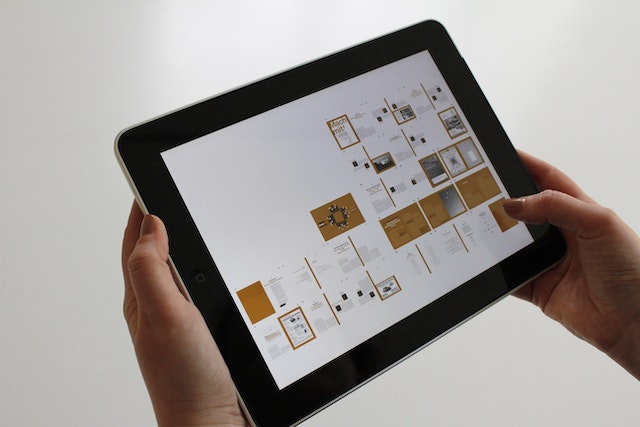As the Internet of Things (IoT) continues to revolutionize various aspects of our lives, it brings a multitude of connected devices that collect and share vast amounts of data. While this connectivity enhances convenience and efficiency, it also raises concerns about user privacy and security. Safeguarding user privacy in online devices becomes paramount, and Identity and Access Management (IAM) plays a crucial role in protecting sensitive information.
Identity and Access Management (IAM) plays a crucial role in preventing data breaches by implementing strict access controls and closely monitoring privileged privileges. With a staggering 80% of reported data breaches attributed to weak or stolen passwords, integrating IAM into an organization’s cybersecurity system becomes essential to mitigate such risks effectively.
A well-executed IAM strategy not only enhances security but also fosters business productivity and improves the performance of electronic systems. By providing employees with streamlined and efficient access to necessary resources, IAM enables them to work more effectively. Moreover, extending system access to clients, contractors, and suppliers promotes collaboration and expands cost-effectiveness for businesses.
The IAM market has witnessed significant growth, reaching a value of $13.41 billion in 2021. This expansion is expected to continue, with projections estimating a market size of $34.52 billion by 2028. The increasing adoption of IAM solutions is closely tied to the growth of the Internet of Things (IoT) industry. As IoT technology gains prominence for its convenience and security benefits, the need for robust IAM practices becomes even more crucial to ensure the integrity of interconnected systems and protect sensitive data.
Understanding IAM in IoT:
Identity and Access Management (IAM) is a framework of policies, technologies, and processes that control and manage user identities, their authentication, and their authorized access to resources. In the context of IoT, IAM focuses on providing secure and controlled access to interconnected devices and protecting user privacy by managing identities effectively.
Importance of IAM in IoT Privacy:
- User Identity Protection: IAM in IoT ensures that each user and device has a unique identity within the system. By establishing robust authentication mechanisms, such as two-factor authentication or biometrics, IAM helps prevent unauthorized access and identity theft, thus safeguarding user privacy.
- Consent and Data Control: IoT devices collect a wealth of personal data, ranging from user preferences to behavioral patterns. IAM allows users to have granular control over their data, empowering them to provide explicit consent for data sharing and managing access privileges for different devices or applications.
- Secure Device Onboarding: IAM facilitates the secure onboarding of new devices into an IoT ecosystem. It ensures that only authorized devices can join the network, reducing the risk of malicious or compromised devices compromising user privacy.
- Contextual Access Control: IAM enables context-based access control, where access rights are determined based on various factors, including user roles, device types, location, and time. This fine-grained control ensures that devices and users can only access the information they need, reducing the exposure of sensitive data and enhancing privacy.
- Secure Data Transmission: IAM in IoT helps establish secure communication channels between devices and gateways, ensuring that data transmitted between them remains confidential and untampered. Encryption protocols and secure communication protocols, such as Transport Layer Security (TLS), are employed to protect user privacy during data transmission.
- Continuous Monitoring and Audit: IAM systems monitor device activity, user behavior, and access logs, allowing for continuous monitoring and auditing of interactions within the IoT ecosystem. Suspicious activities can be detected, enabling prompt responses to potential security breaches and privacy violations.
Conclusion:
As the number of interconnected devices in our lives continues to grow, ensuring user privacy becomes paramount. IAM in IoT plays a vital role in safeguarding user privacy by managing identities, controlling access to devices and data, and establishing secure communication channels. By implementing robust IAM frameworks, organizations and individuals can mitigate the risks associated with IoT devices and create a secure environment where user privacy is respected.
As the IoT landscape evolves, it is imperative to prioritize privacy concerns and adopt comprehensive IAM practices that enable users to maintain control over their personal information. By doing so, we can fully embrace the benefits of the IoT while protecting the privacy and security of users in this connected world.



